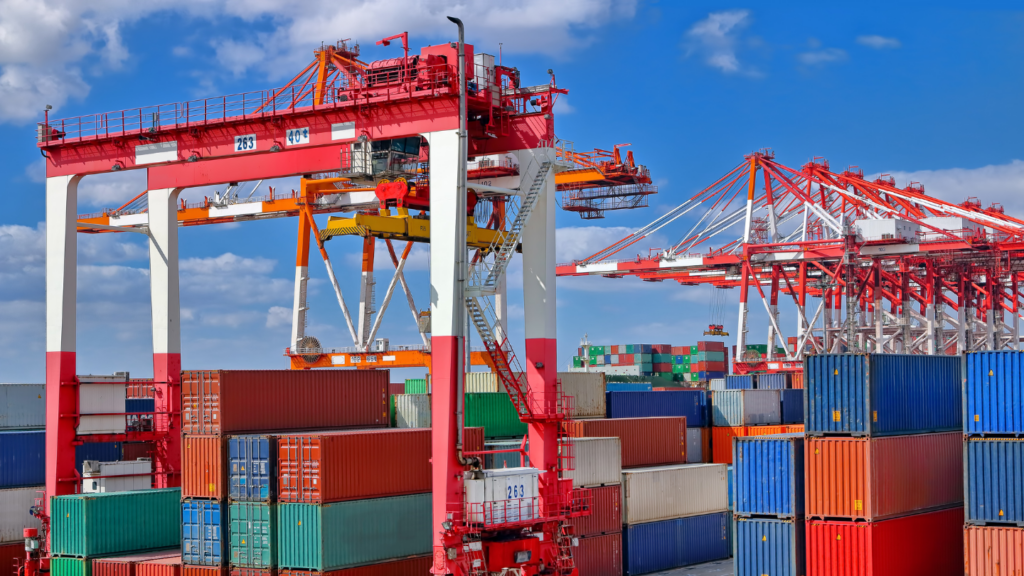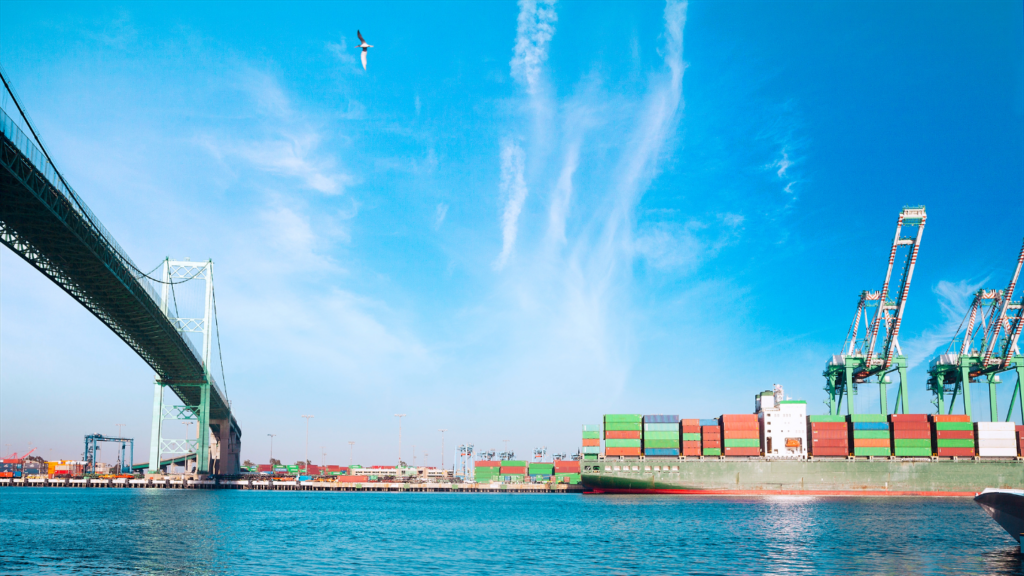First Increase, Weak Wholesale, Trade Deficit, and Strike Again.
Your weekly All-Ways round-up of supply chain news.
Building Momentum
Containerized imports in the US are expected to begin an upwards trend, peaking in August. November is set to be the first month with a year-over-year increase since June 2022 with a projected 1.88 million TEUs in imports.
The chances of a recession in the second half of 2023 are diminishing and imports are likely to increase. This would be directly linked to strengthening consumer demand causing inventories at overstocked warehouses to finally move.
Here are the expected year-on-year import trends for the next few months:
🔻 July - down 11%
🔻 August - down 10.1%
🔻 September - down 3.4%
🔻October - down 1.8%
🔺November - up 5.9%
Possible Problems
“We were relieved that labor and management at West Coast ports reached a tentative agreement last month but that doesn’t mean supply chain disruptions are over,” said Jonathan Gold, NRF’s vice president for supply chain and customs policy.
With US West Coast contracts not set in stone, strikes at Canadian ports of Vancouver and Prince Rupert (which will minorly impact the US economy), and a possible strike by Teamsters against UPS, the supply chain is at risk for congestion.
“We urge all parties in both negotiations to get back to the table and continue efforts to reach a final deal without engaging in disruptive activity,” Gold said. “Seamless supply chains are critical for retailers as we head into the peak shipping season for the winter holidays.”
Destocking Doubts
Destocking is happening but not fast enough.
While some wholesalers have managed to balance their inventories, others are struggling to reduce inventories because of waning consumer demand. Inventories reduced by 1.4% in April for wholesale retailers.
According to non-seasonally adjusted US Census Bureau data, merchant wholesale inventories were 4.1% higher than the same period last year albeit down 2.6% from their November 2022 peak of $930 million.
Attempts to completely destock so that restocking and shipping can restart are hampered by weary consumers. This is continuing a slowdown in freight volume that began last October.
According to Armada Corporate Intelligence, 61.5% of US businesses are overstocked, 23.7% are balanced and 11.3% are understocked.
Chain Reaction
From April to May, wholesale store sales did increase but not as much as expected. May saw a 0.2% seasonally adjusted decline. Inventory-to-sales ratio was at 1.41 in May, up from 1.40 in April and 1.30 a year ago in the US indicating that there’s still high inventory with slow movement of goods.
This will directly influence the trucking industry with the ton-miles index dropping about 2% in May. It seems like the freight recession is at the lowest point and it will likely stay that way for a while.
“I don’t see a rebound in manufacturing activity,” said Jason Miller, associate professor of logistics at Michigan State University (MSU) and coauthor of the MSU For-Hire Trucking Ton-Miles Index. “Containerized imports are down by double digits from last year. I think we’re looking at a best-case scenario that we start getting out of this trough by the second quarter of next year.”
Thanks to the pandemic and the shortages and delays in production that ensued, wholesalers are now left with too much inventory. Consumer demand remains weak because of the impending recession. Wholesale retailers are being more cautious with orders as a result.
Direct-to-consumer sales via e-commerce are rising indicating that consumer purchasing habits that began during Covid are still in place.
So unless consumers feel more confident as the holiday seasons approach, destocking will slow adding strains to freight demand.
Trade Gap
Following market projections, the US trade gap slightly narrowed from $74.4 billion in April to $69 billion in May of 2023.
At the lowest number since December 2021, imports went down 2.3% to $316.1 billion. This can be attributed to the decline in purchases of pharmaceutical preparations, cell phones, nonmonetary gold, organic chemicals, transport, and travel. The import of artwork and computers increased.
Exports decreased by 0.8% to $247.1 billion. While shipments for passenger cars, travel, and transport increased, purchases of soybeans, crude oil, natural gas, and charges for the use of intellectual property decreased.
The biggest trade deficit for May -
🇨🇳 China: $-24.9 billion
🇪🇺 The European Union: $-16.5 billion
🇲🇽 Mexico: $-13.5 billion
🇻🇳 Vietnam: $-8.1 billion
The highest surpluses for May -
🇳🇱 The Netherlands: $3.9 billion
🇧🇪 Belgium: $1.7 billion
🇭🇰 Hong Kong: $1.6 billion
🇦🇺 Australia: $1.2 billion
🇬🇧 The United Kingdom: $1.2 billion
🇧🇷 Brazil: $1 billion
Trucking’s Turn
If dealing with the port strikes in US and Canada were not enough, less-than-truckload (LTL) trucking is now in peril.
Two of the top LTL companies are on the verge of causing major disruptions. If a new contract is not in place by August 1, UPS Teamsters will go on strike. Yellow said it was nearing bankruptcy earlier this month but then said earlier this week that it had more than $100 million in liquidity as of June 30.
Many are putting together contingency plans to avoid disaster. In the event that either (or both) companies go out of commission, LTL and parcel transportation expenses will go up at least 10% if not more.
Being as the networks of truckload, LTL, and package carriers are intertwined at many different levels, the repercussions will be felt across the board in the event of a strike or bankruptcy.





